10 March 2025
In recent years, drones have been making headlines for their groundbreaking applications in various fields. Whether it's capturing stunning aerial footage for Hollywood movies or delivering packages right to your doorstep, drones have proven to be one of the most versatile modern technologies. But did you know that drones are also playing a crucial role in wildlife conservation? If you’re a tech enthusiast or someone passionate about protecting nature, this is a story you’ll want to stick around for.
With deforestation, poaching, and climate change threatening ecosystems across the globe, conservationists are increasingly turning to drones to monitor and protect wildlife. These flying robots are giving us a bird’s eye view (quite literally!) of some of the most remote and hard-to-reach areas on Earth. Drones are being used to collect data, track endangered species, and even combat illegal activities like poaching.
So, how exactly are drones making a difference in wildlife conservation? Let’s dive in and find out!
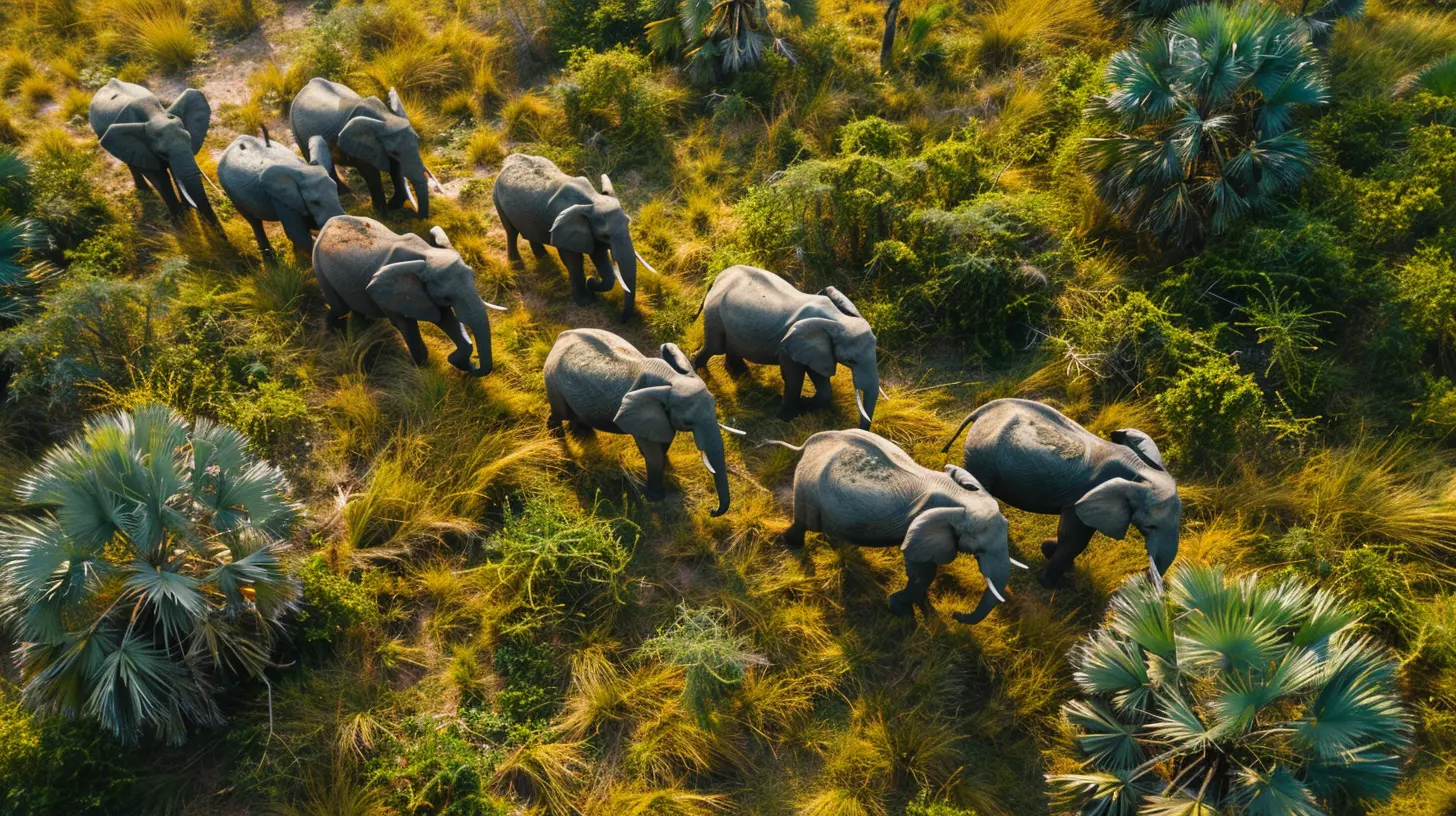
The Growing Challenge of Wildlife Conservation
Before we get into the techy stuff, let’s set the stage. Why is wildlife conservation more important than ever? Well, the planet is facing some serious environmental challenges. Human activities like deforestation, land development, and industrial pollution are putting ecosystems under immense pressure. Add to that the ever-present threat of climate change, and it’s clear that we’re dealing with a full-blown crisis.According to the World Wildlife Fund (WWF), the population sizes of mammals, birds, fish, amphibians, and reptiles have dropped by an average of 68% since 1970. That’s a jaw-dropping number, right? Poaching, habitat destruction, and illegal wildlife trade are only making things worse. Traditional conservation efforts, while noble, often lack the resources, manpower, and technological edge to keep up. This is where drones come in.
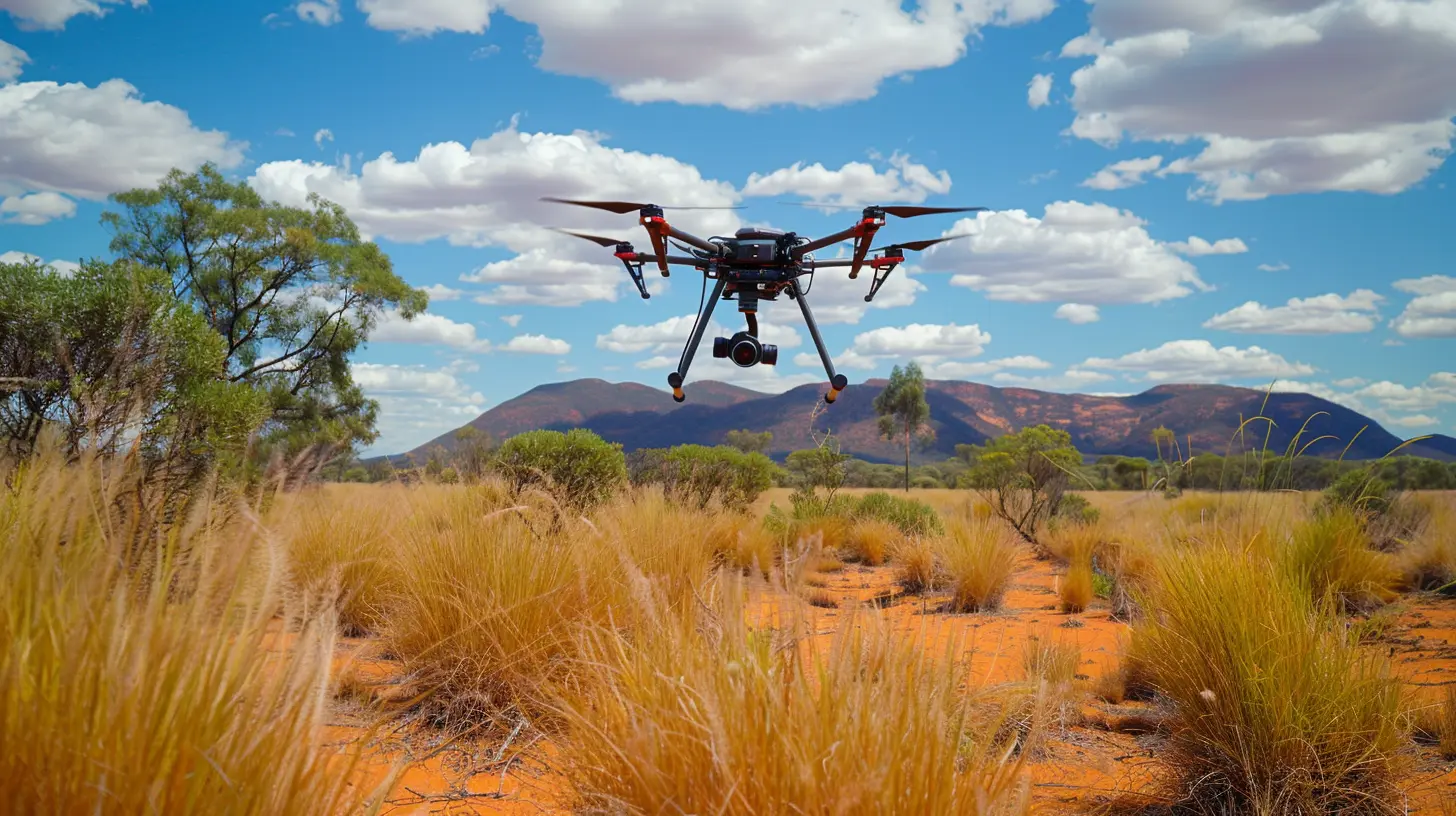
How Drones Are Revolutionizing Wildlife Conservation
1. Aerial Surveying and Mapping
One of the most immediate ways drones are contributing to wildlife conservation is through aerial surveying and mapping. In the past, biologists and conservationists had to rely on helicopters or satellite images to survey vast stretches of wilderness. But let’s be real—those methods are expensive and often imprecise.Enter drones. Equipped with high-resolution cameras, drones can fly over remote areas, capturing detailed images and videos. These images can be stitched together to create 3D maps, helping scientists understand changes in the landscape, animal behavior, and habitat conditions. And guess what? Drones are way cheaper and more accessible than helicopters or satellites. Plus, they don’t disturb the animals because they’re quieter than traditional aircraft.
Real-World Example: Mapping Orangutan Habitats
Take the case of orangutans in Borneo. Conservationists have been using drones to map the orangutans’ rainforest habitats. These maps help researchers identify deforestation areas, making it easier to target reforestation efforts. The result? More efficient use of resources and better protection for these endangered primates.2. Tracking Endangered Species
Tracking animals in the wild is no easy task. It can take days, weeks, or even months to locate certain species, especially those that are elusive or live in dense forests. Traditionally, biologists used methods like radio collars or camera traps to track movements. But these methods are time-consuming and can be stressful for the animals.Drones, on the other hand, offer a less invasive way to monitor wildlife. With thermal imaging cameras and GPS, drones can fly over large areas, detecting the heat signatures of animals from above. This makes it much easier to track endangered species like elephants, rhinos, and tigers without disturbing their natural behavior. The data collected can be invaluable for understanding migration patterns, breeding habits, and habitat preferences.
Real-World Example: Monitoring African Elephants
In Africa, drones are being used to monitor elephant populations. These majestic creatures are often targeted by poachers for their ivory, and traditional methods of tracking them have proven to be insufficient. But drones equipped with thermal cameras can spot elephants from miles away, even in dense forests or during the night. This allows rangers to keep a close eye on the herd and respond quickly if poachers are nearby.3. Combatting Poaching and Illegal Wildlife Trade
Poaching is one of the biggest threats to wildlife, particularly in Africa and Asia, where animals like elephants, rhinos, and tigers are hunted for their tusks, horns, and skins. Poachers often operate in remote areas, making it difficult for rangers to catch them in the act.But here’s where drones swoop in like superheroes. Drones can patrol vast areas of land, providing real-time footage to rangers on the ground. Some drones are even equipped with infrared sensors, which can detect human activity at night—when most poaching happens. By using drones, conservationists can cover more ground, save time, and increase the chances of catching poachers before they strike.
Real-World Example: Protecting Rhinos in South Africa
In South Africa, drones have been deployed to protect rhinos from poachers. The drones patrol game reserves at night, using thermal imaging to spot any suspicious activity. Once a poacher is detected, rangers can be alerted immediately, allowing them to intervene before any harm is done. Since drones were introduced, several poaching attempts have been thwarted, and rhino populations in some areas have stabilized.4. Collecting Crucial Data for Research
Let’s face it: Data is king in the world of conservation. The more data we have about wildlife populations, their habitats, and their behaviors, the better we can protect them. But gathering this data has always been a challenge, especially in remote areas that are difficult to access.Drones are changing the game by making it easier to collect data. With the ability to fly over large areas and capture high-quality images and videos, drones can gather information about animal populations, vegetation cover, and even water sources. This data can then be analyzed to identify trends, such as declining populations or shrinking habitats, allowing conservationists to take action before it’s too late.
Real-World Example: Studying Sea Turtles
In Costa Rica, drones have been used to study sea turtles, which are notoriously difficult to observe because they spend most of their time in the water. By flying drones over the coastline, researchers can monitor nesting sites and track the turtles’ movements without disturbing them. The data collected has helped scientists understand the challenges these creatures face, including habitat loss and climate change.5. Reforestation and Habitat Restoration
Here’s a fun fact: Drones aren’t just good for monitoring wildlife—they can also help restore habitats. Yes, you heard that right. Some drones are designed to plant trees! These drones can carry pods filled with seeds, nutrients, and soil, and then they drop them in areas that have been deforested or damaged by natural disasters.This reforestation process is vital for rebuilding ecosystems that many animal species depend on. By using drones, conservationists can plant trees in hard-to-reach areas, speeding up the reforestation process and increasing the chances of success.
Real-World Example: Reforesting Mangroves in Myanmar
In Myanmar, a drone company has partnered with conservationists to replant mangrove forests, which are critical for protecting coastlines and providing habitats for wildlife. The drones drop seed pods in precise locations, allowing for faster and more efficient reforestation. This not only helps wildlife but also protects local communities from storm surges and flooding.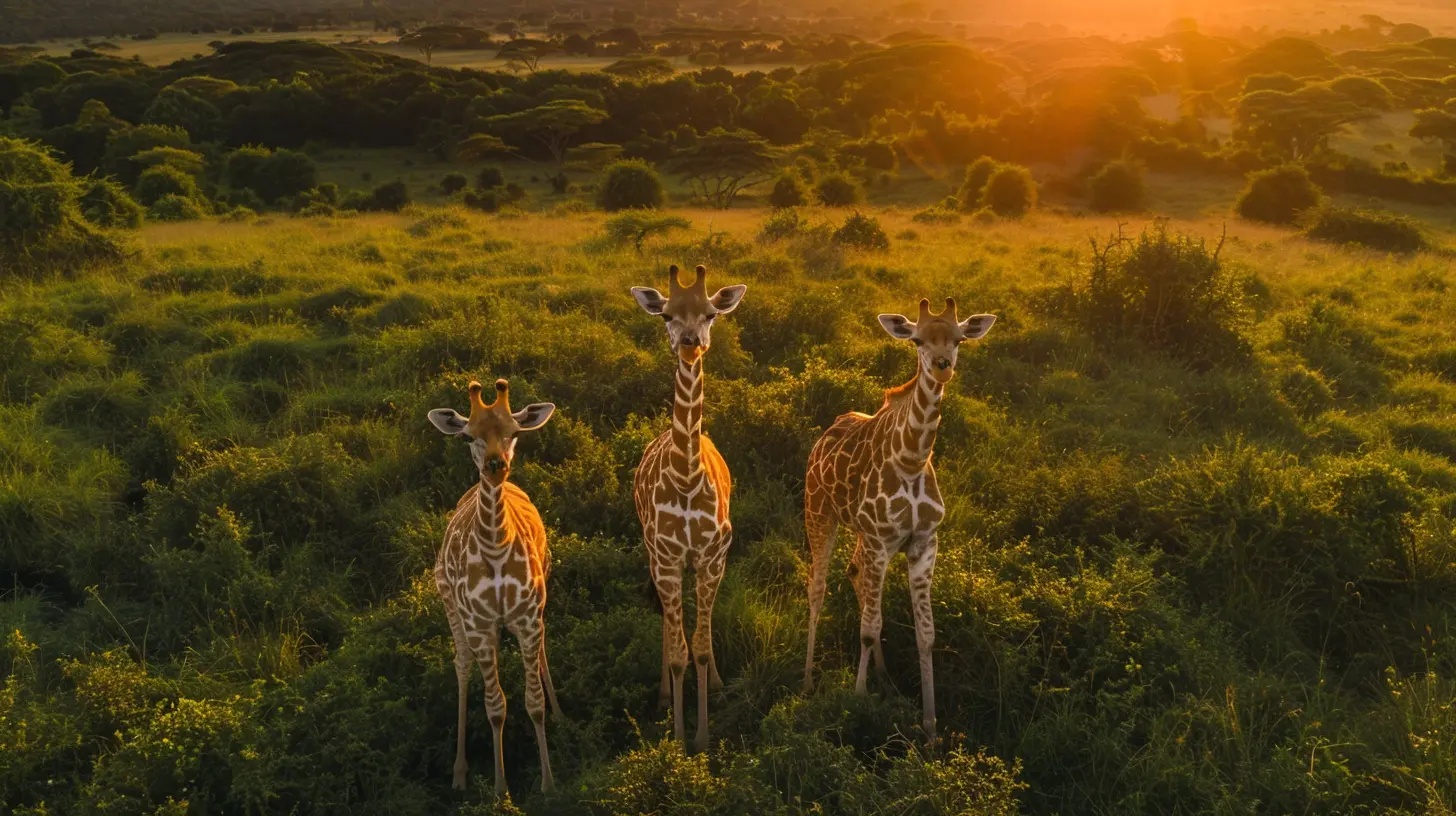
The Future of Drones in Wildlife Conservation
It’s clear that drones are revolutionizing wildlife conservation, but this is just the beginning. As drone technology continues to advance, we can expect even more exciting developments. For example, researchers are working on AI-powered drones that can analyze footage in real-time, identifying specific species and behaviors. This could make it even easier to track endangered animals and collect data.There’s also the potential for drones to play a larger role in habitat restoration, particularly in areas affected by climate change. Imagine fleets of drones replanting forests, restoring wetlands, and even cleaning up plastic waste from oceans. The possibilities are endless!
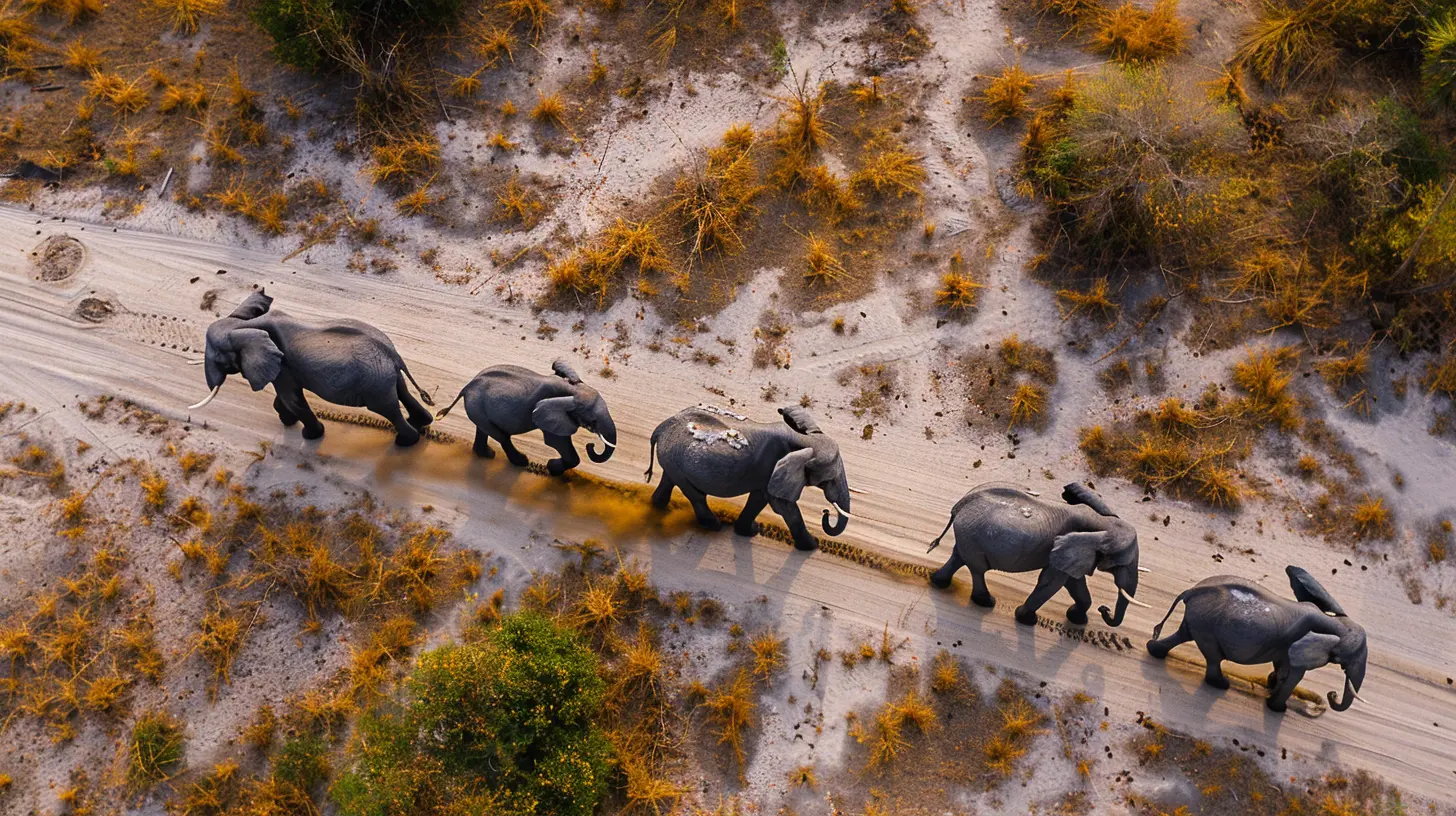
Ethical Considerations
Of course, with all technology, there are ethical considerations. While drones offer a less invasive way to monitor wildlife, there’s always the risk of disturbing animals, especially if drones are flown too close to them. It’s important for conservationists to use drones responsibly, ensuring they don’t cause unnecessary stress to animals or disrupt their natural behavior.Additionally, there’s the question of privacy. In some cases, drones are flown over private land, raising concerns about surveillance and the potential misuse of data. Clear guidelines and regulations will be essential to ensuring that drones are used ethically in wildlife conservation efforts.
Conclusion
Drones are transforming the way we approach wildlife conservation, offering new tools to monitor, protect, and restore ecosystems. From tracking endangered species to combatting poaching and restoring habitats, these flying marvels are helping conservationists tackle some of the most pressing environmental challenges of our time. While there are still hurdles to overcome, the future looks promising for drone technology and its role in wildlife preservation.So the next time you see a drone buzzing overhead, remember: it might just be saving a species from extinction!


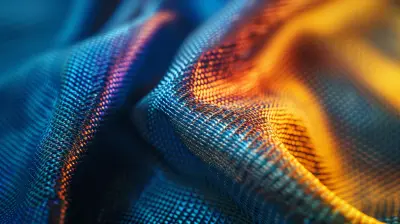
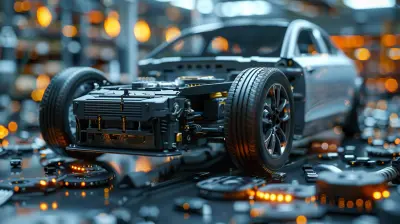
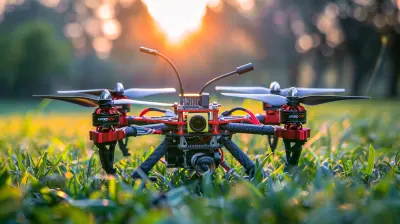
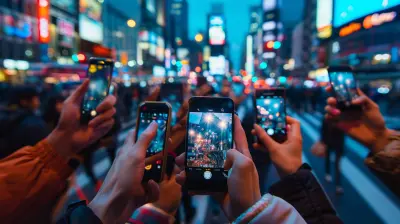





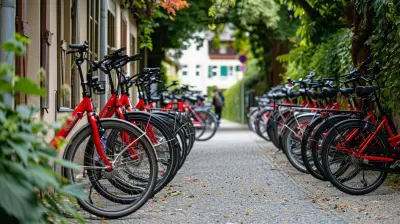
Chantal Ross
What an inspiring read! Drones are revolutionizing wildlife conservation, making it easier to protect our planet's amazing creatures. Excited to see how technology continues to help!
April 7, 2025 at 10:44 AM